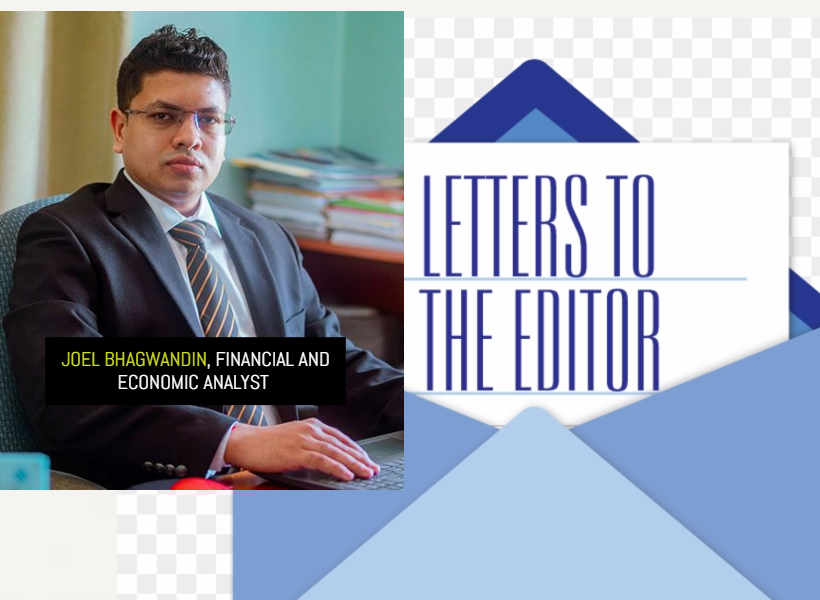Dear Editor,
Reference is made to Dr. C. K. Hunte’s letter in the Stabroek News edition of June 16, 2024. In that letter, he addressed my response to him regarding the accounting treatment of royalties paid by ExxonMobil Guyana Limited (EMGL) and its partners, Hess and CNOOC, in the Stabroek Block.
The goodly Professor concluded that my responses are “red herrings” and irrelevant and asked that I complete a table which he constructed with missing data for the number of barrels of crude extracted, sold, price per barrel, total revenue, royalties, and exchange rate for the year 2023.
The professor believes that my previous responses were irrelevant because EMGL did not provide those explanations in the notes of their financial statements.
With the greatest of respect, I am afraid that Dr. Hunte continues to expose his deep lack of knowledge on these matters. Whether there was a note included in the financial statements or not, anyone conducting a proper analysis of the activities in the oil and gas sector and the earnings derived therefrom—ought to be knowledgeable of the Petroleum Agreement (2016), the relevant pieces of legislations that govern the sector, and ought to examine the financial statements in conjunction with the Natural Resources Fund (NRF) reports published by the Bank of Guyana.
Dr. Hunte completely ignored the fact that I pointed him to Article 15.6 of the Petroleum Agreement, which establishes the form of payment of royalty, the accounting treatment of royalty, the calculation of royalty, and the stipulated timelines by when royalty ought to be deposited following each “lift”. How could this be irrelevant when this is the established authority that governs the oil and gas production activities, which include the fiscal terms?
Anyone who is a practicing economist, financial analyst or researcher, ought to know the sources of credible data that they would require to conduct their work—and be able to independently locate those information directly from the authoritative sources. Dr. Hunte has been writing on the oil and gas industry for the past three years and still appears to not know where to locate data and credible information to inform his analysis.
I say this because, with regard to his table that he has asked me to fill in the blanks, I don’t need to do that. But I can certainly point him to the relevant authoritative report and the source with the data he has requested of me—for his own edification and future reference.
In accordance with the Natural Resources Fund Act (2021), the Bank of Guyana has been designated the responsibility for the operational management of the NRF. Accordingly, the Bank is mandated to publish monthly, quarterly, and annual reports on the activities of the NRF.
As such, the data Dr. Hunte requested as per his table, those can be found in NRF Quarterly Report as of December 31, 2023, which is publicly available on the Bank of Guyana website. The report contains the market value of the fund, the total receipts paid into the fund (profit oil and royalties), a chart with the oil price for each month of the fiscal year, the average price, the exchange (Bank of Guyana Rate), total revenue deposited from the inception, total number of lifts for the year (each lift is equivalent to 1-million barrels), transfers to the Consolidated Fund and the note that Dr. Hunte dismissed as irrelevant since it was not in the financial statements of the oil companies. That note, which I explained in my previous letter, is actually explained in the footnotes of the NRF report.
With that said, I do hope that Dr. Hunte will now familiarize himself thoroughly with all the above-mentioned reports, the Petroleum Agreement (2016) and legislations—namely the Natural Resources Fund Act (2021), the Petroleum Activities Act (2023), the Local Content Act (2021), so that we can engage in more meaningful discussions or debate going forward.
Sincerely,
Joel Bhagwandin













